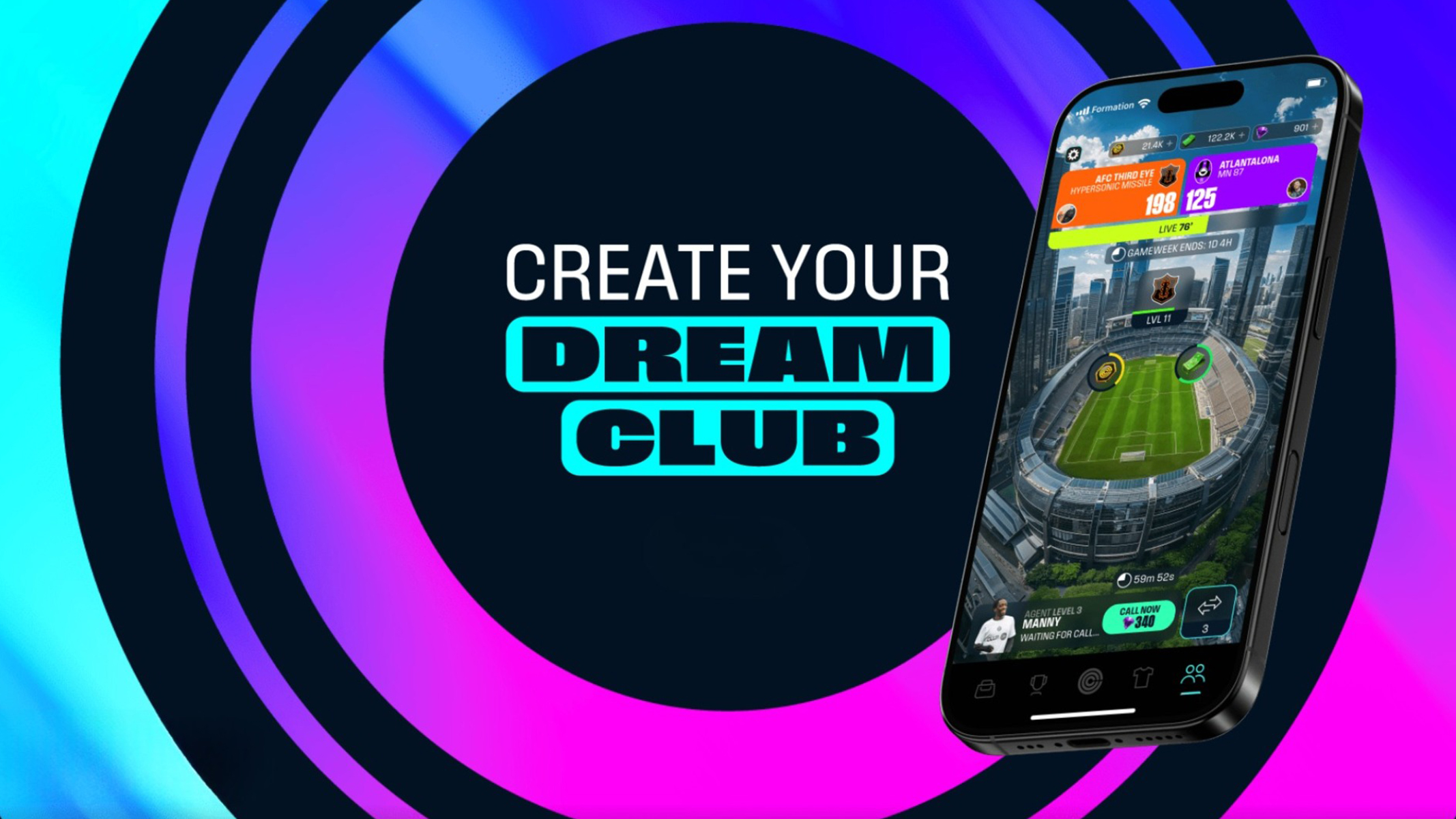Thinking
Read time:


We recently did an Ad Account Audit of a 7-figure ecommerce brand that revealed some interesting findings.
But it wasn’t the things in their account structure we saw that was the issue. It’s the things we didn’t see – especially for a brand of this size.
The thing is, after doing a number of audits for other brands in this industry at similar revenue levels, the mistakes they were making are surprisingly common.
And if you’ve been struggling to break past a growth plateau for months, it might be because you’re making these same 3 mistakes too.
1 → Optimising For Traffic Over Conversions
There’s nothing wrong with the Traffic objective if you want as many eyeballs as possible on your products. Indeed – Traffic campaigns can often provide you with a nice and low Cost-Per-Click.
The problem? “Lots of eyeballs” does NOT equal “lots of sales”. Just because someone is clicking on your ads, does not mean they automatically want to buy your stuff. Maybe you had an interesting Creative. Maybe you ran a really curiosity-driven ad. Maybe you just found a user who likes clicking on things.
Traffic might get people onto your site, but more often than not, they aren’t the kind of people that end up buying things. The problem is made worse by the fact that Meta has an incredibly intelligent algorithm that they’ve spent millions refining over the years.
Which means the algorithm is very good at finding the people that you tell it to.
And if you tell it to go and find people who like to click on lots of ads…it’ll go out and find people who like to click on lots of ads.
Want Meta to get you as many clicks as possible? Set your objective for Traffic. Want Meta to find people who’ll actually contribute to the growth of your brand? Set your objective for Conversions instead.
2 → Infrequent Testing
Most brands throw a tonne of creative at the wall to see what sticks and that's great, because it allows them to find the most profitable ads in their strategy.
But that’s also where the problem lies because that's where most brands stop. They do one creative test, then call it a day. They don't continue testing, iterating, and tweaking to find even more profitable creative variations that drive down Cost-Per-Acquisition (CPA) even further.
I can understand why that happens. Sometimes a small change in creative will only lead to small decreases in CPA that hardly seem worth the work that’s involved. Other times, a change you were sure would bring the Cost-Per-Sale down actually drives it even further up.
But then again sometimes a small change in creative that you didn’t think would do anything can end up cutting your CPA in half.
So how do you know which change will do what? You can’t. Which is why it’s so important to commit to ongoing testing. I also feel this is a big reason that Public Nectar and its team is able to get such breakthrough results for our clients.
We’re always testing, tweaking, and second-guessing our assumptions about the creative we include in campaigns, and it’s often the key difference that allows us to unlock scale for brands where they haven’t been able to for months.
Testing isn't just a box you tick when you launch a campaign. It’s an ongoing habit that the best brands build into their day-to-day operations.
3 → Not Adapting Your Messaging to Purchase Intent
Purchase intent simply answers the questions: “How serious is this person about buying?”
Customers who haven’t heard of your brand before (often referred to as “Top-of-Funnel” leads) have low purchase intent: They know very little about your brand, other than the fact that you exist.
On the other hand – a lead who has visited your site, added a product to their basket, and then abandoned cart has high purchase intent.
The trouble is, these two customers have different monologues going on in their mind at each stage of the buying process, and therefore, they need different content to address their differing concerns.
Here’s an example. Let’s say you’re selling a Winter Jacket. For leads with low purchase intent, they might be asking questions such as:
- “What brands sell the best winter jackets?”
- “What kind of jacket do I want?”
- “How much does a good winter jacket cost?”
- “What styles of winter jacket can I buy?”
- “Do I even need a winter jacket?”
In that case, your ads would do well to showcase the range of winter jackets your brand sells; different styles, different colours, and different looks. That gets your prospect interested and, importantly, places your brand as a new contender in their mind.
And after some searching, your lead might land on your website, browse your winter jackets, and find a couple that they like. They’re then targeted by a pop-up which prompts them to enter their email to get 10% off their first order, and take you up on that offer.
Now, you have their email address. And even more than that, you have confirmation that there’s purchase intent there.
At this stage, they’re likely to be asking themselves a new set of questions, such as:
- “Does this jacket have good reviews?”
- “What are other people saying about this brand?”
- “What’s the return policy if I don’t like it?”
As such, trust-building content that focuses on things like reviews and brand endorsements are likely to move your lead closer to the purchasing decision, over more generic ads that just continue to showcase your selection of winter jackets.
Finally, your customer is just about ready to buy, and they add the jacket to their cart. After they do, they’re confronted with the cost of shipping, a breakdown of the total costs, and they start heavily scrutinising their purchase – “Is this really worth it?”
At this stage, they’re likely past the threshold of reviews and endorsements. They want to know that this winter jacket is 100% the right decision for them – and in the off-chance that it isn’t, that they can get their money back. As a result, “nudging” content like highlighting any guarantees and clearly stating a returns policy are most likely to move the needle at this stage.
And after your content has helped you join that internal monologue and ease your lead’s concerns at this final stage of the journey? Well, you’ve just earned a new customer!
A customer’s view of your brand evolves at each stage of the buying journey – make sure your messaging evolves with it.
Want us to audit your ad account (for free) too?
Book a free, no-obligation audit where we’ll take a deep dive into your Ad Accounts and provide actionable recommendations to help you scale your brand past 7-figures.
If we think there’s a fit between our team and your brand, we may also offer to work together. If not, then the worst thing that happens is that you walk away with a clear plan on how to accelerate your brand’s growth.
Strategy Insights
1 → Conversion Objective:
If you want sales, opt for the Conversion objective. Meta’s algorithm is incredibly intelligent, and will do exactly what you tell it to do. While the Traffic objective might get you eyeballs and a rock bottom Cost-Per-Click (CPC), it’s the Conversion objective that will ultimately translate into sales and growth for your brand.
2 → Test, test, then test again.
Testing isn't just a box you tick when you launch a campaign. It’s an ongoing habit that the best brands build into their day-to-day operations. Always test any assumptions about your campaigns, because you never know which test will produce the breakthrough you’re looking for.
3 → Adapt your messaging:
Based on customer purchase intent. Your customer has different questions at each step of the buying process. Look to create ads, emails, and other retargeting content that speaks to address that internal monologue at each different step.































